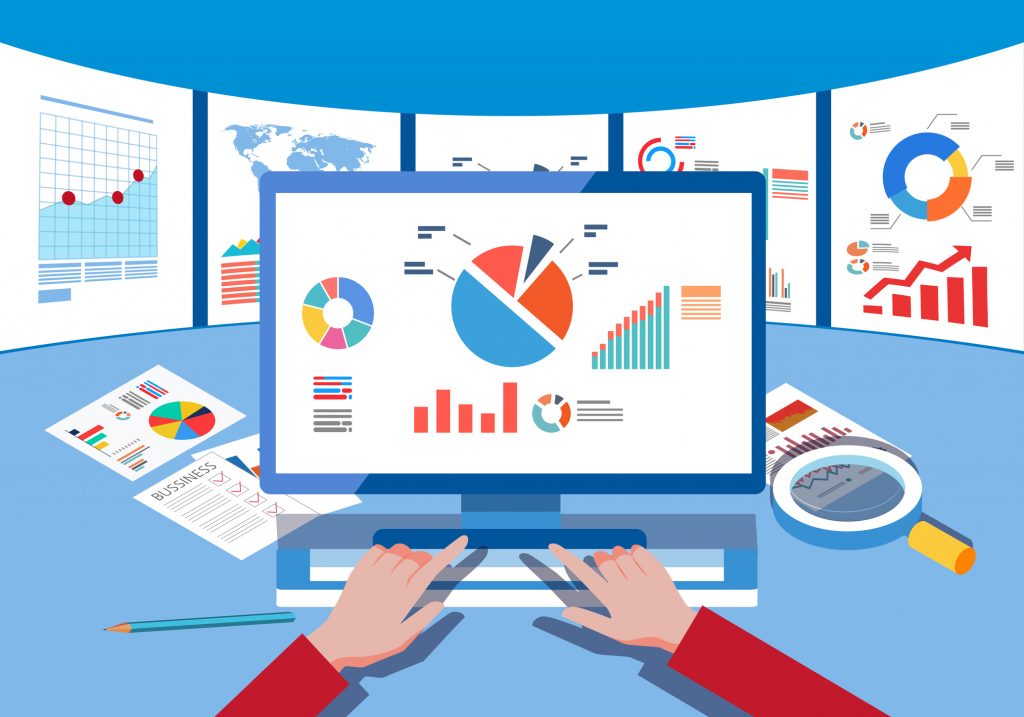The increased use of connected medical devices — wearables, home health monitors, and even the wireless equipment that keeps hospital personnel apprised of a patient’s condition remotely — has generated a huge amount of healthcare data. As much as 30% of the entire world’s stored data is generated in the health care industry, according to the New England Journal of Medicine (NEJM).
Collecting data is easy, but finding the value buried inside of it is difficult. Data’s value “is realized only when this raw information is converted into knowledge that changes practice,” according to NEJM.
Given how large those stockpiles of data are, it’s not hard to understand “why healthcare organizations feel they are drowning in data,” wrote George Dealy of software developer Dimensional Insight in an article on the Healthcare Tech Outlook website.
If the data is to amount to anything more than digital clutter, though, organizations must be ready to dive in and analyze it.
Getting the Data Ready
The first step in analyzing data is to clean, categorize and normalize it, according to an article on the website of Dimensionless Technologies. Data often comes in hard-to-decipher bunches of symbols, letters and numbers. Data analysts decipher the patterns, sort the information, convert it to a more usable form, and then create an inventory of data assets.
Establishing data governance comes next. It’s at this point that the organization decides what value it seeks from the data.
The value might be better outcomes for public or individual healthcare. It also could be improved efficiency or a more strategic decision-making process. Whatever it is, it’s important to set a reachable goal with a measurable return on investment, according to a Health IT Analytics article.
Using the Data
The data now is ready to be mined. Jennifer Bresnick wrote on Health IT Analytics that algorithms are employed to identify patterns in the data, which provide the framework for further investigation into why and how those patterns occur, and what they mean in relation to the goals arrived at during data governance.
Many healthcare organizations are still in the early phase of developing the processes that will allow them to convert their raw data into a usable form. Others, though, already are reaping benefits.
Health insurer Cigna not only has begun mining its data, it is sharing its findings. Dr. Stuart Lustig, who heads the project, said his organization’s goal “is to unlock the value of Cigna’s data in order to develop insights that can help drive health improvement.”
Lustig, interviewed for an article on the Managed Healthcare Executive website, said that the project aims to help people become healthier and more productive. “We see it as our responsibility to share the insights we develop based on our research,” he said. “We don’t perceive this to be a risk, because we’re not publishing trade secrets — we’re publishing scientific insights based on an examination of our data.”




